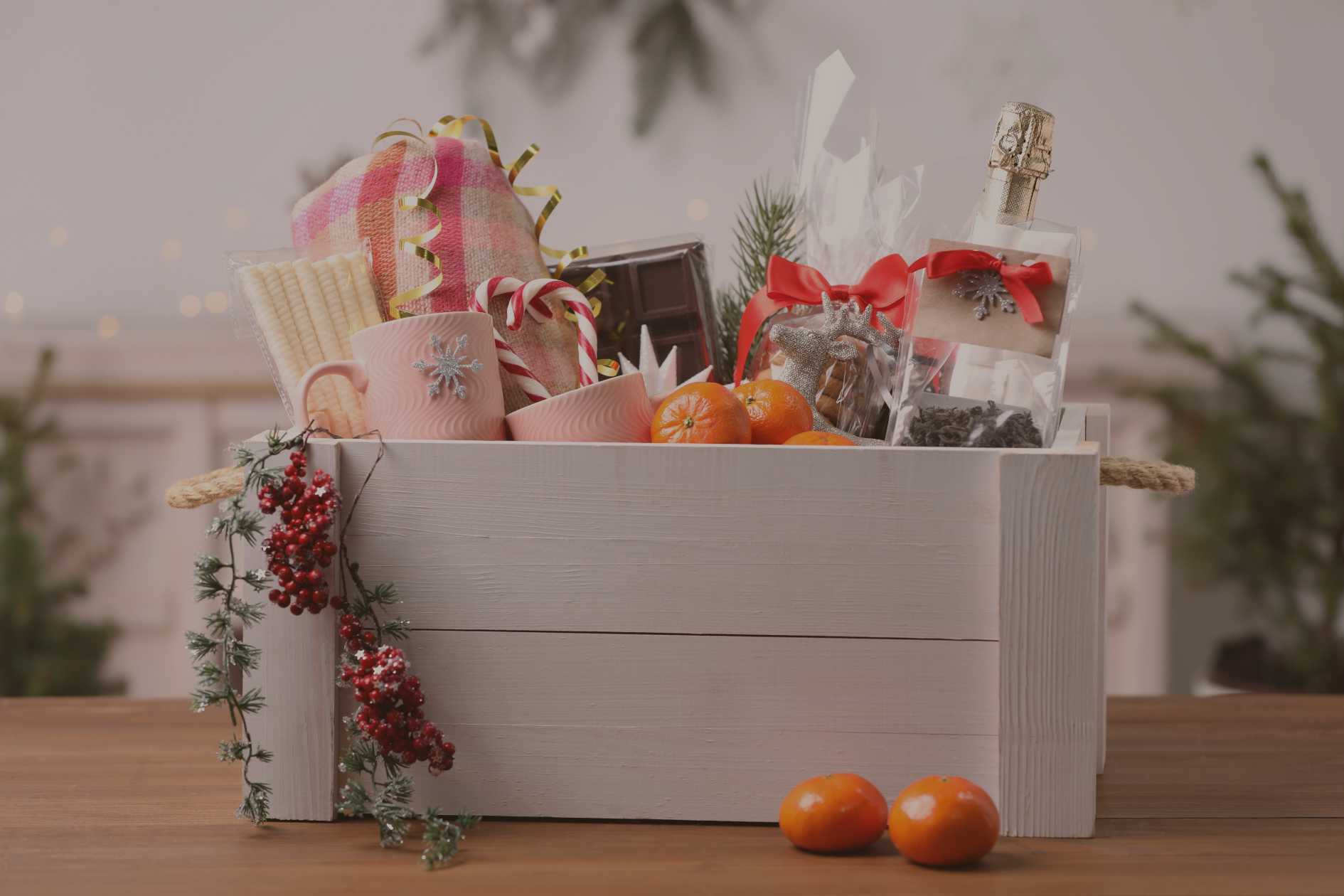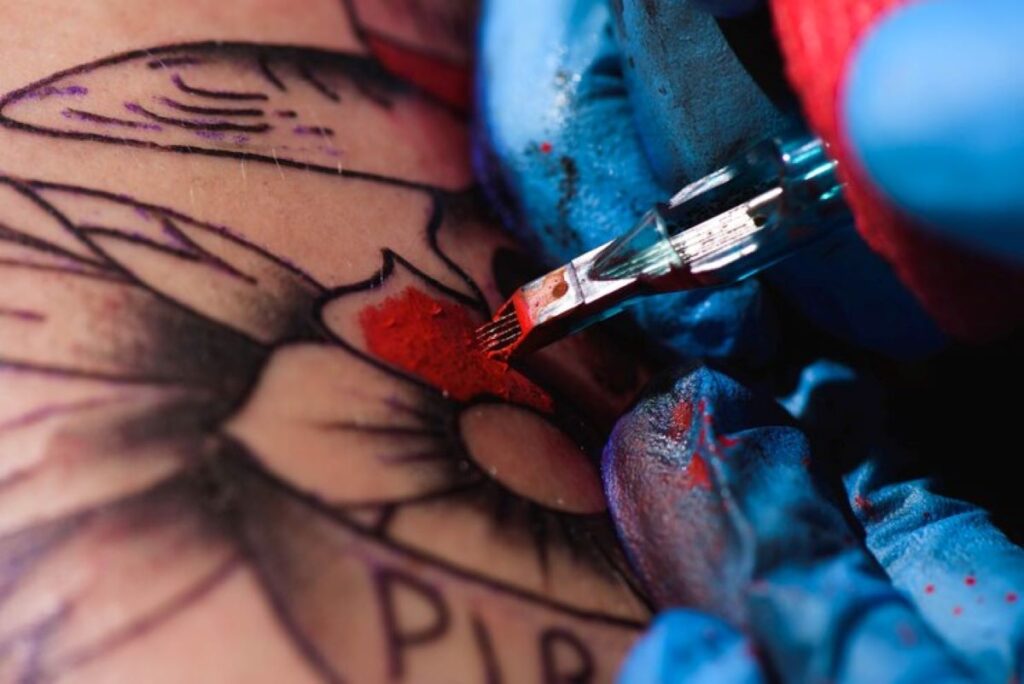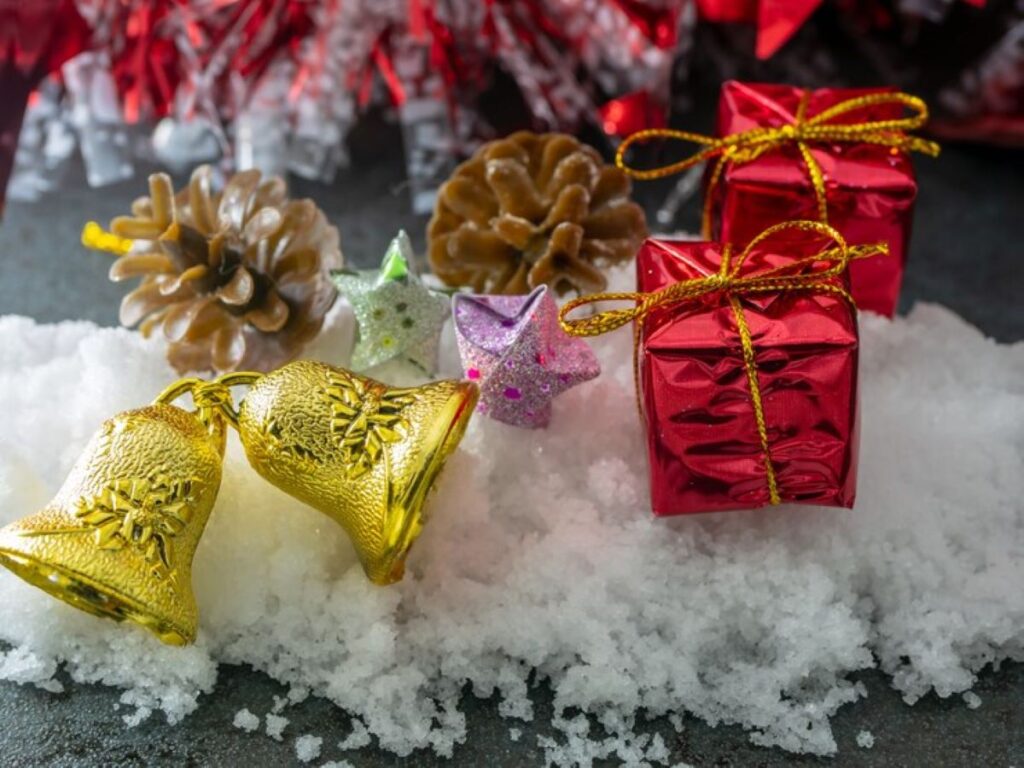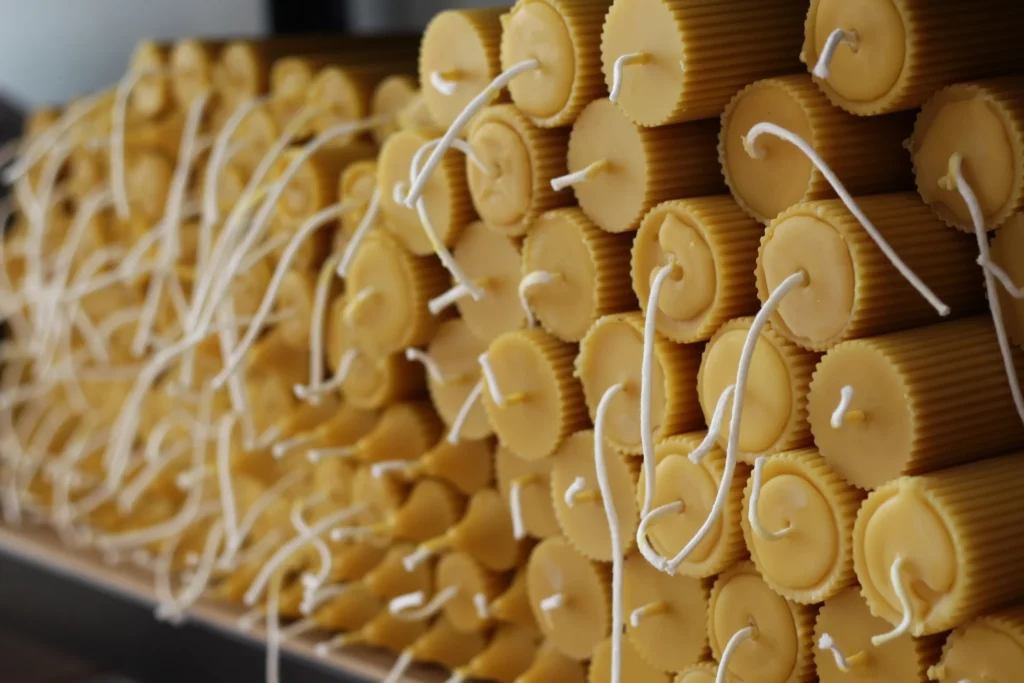Home With Willow -
Your Premier Destination for Gift Hampers in Perth and Sydney
Welcome to Home With Willow, where luxury meets convenience in the world of gift-giving. With a curated selection of exquisite gift hampers and gourmet delights, we're your go-to destination for thoughtful and elegant gifts in Perth and Sydney. Whether you're celebrating a special occasion or simply looking to spoil someone special, let us help you make every moment memorable.
Elevate Every Occasion
At Home With Willow, we believe that every occasion deserves to be celebrated in style.
Convenience and Quality
Our online platform allows you to browse our extensive selection of gift hampers, place your order, and schedule delivery with just a few clicks.
Thoughtfully Curated Collections
Each of our gift hampers is thoughtfully curated to offer a unique and memorable gifting experience.
Our Most Popular Services
Home With Willow offers an exquisite selection of gift hampers, meticulously curated to delight and impress. Based in Perth, our hampers are crafted with care and attention to detail, perfect for any occasion. From gourmet delights to thoughtfully assembled treats, we have something for everyone.
Gift Hampers Perth
Explore our handpicked assortment of gift hampers, tailored to suit the tastes of Perth locals.
Hamper Delivery Perth
Conveniently have your chosen hamper delivered straight to your doorstep or to your loved one’s address.
Gourmet Gift Hampers Australia
Elevate your gifting experience with our luxurious gourmet gift hampers, showcasing the best of Australian flavors and craftsmanship.
Gourmet Gift Hampers Australia
Elevate your gifting experience with our luxurious gourmet gift hampers, showcasing the best of Australian flavors and craftsmanship.
Gift Boxes Australia
Elevate your gift-giving with our elegantly presented gift boxes, perfect for any special occasion.
Gifts Delivered Australia
Spread joy far and wide with our prompt and reliable gifts delivery Australia.
Blog
Best Whiskey Gift Hampers for Men in Australia
Choosing Between Scotch, Bourbon & Whiskey Gift Sets
Choosing the Best Sydney Tattoo Artist for Your Style
Where to Find the Best Tattoo Artists in Bondi Beach
Food safety compliance software for audit readiness
How food safety software solutions improve quality control
Target Multiple Muscle Groups with a Sitting Box Pilates Routine
The Power of a Pilates Reformer Box for Advanced Exercises
Tattoo Shop Bondi Road: Iconic Designs in the Heart of Bondi
Tattoo Artist Bondi Beach: Creating Timeless Artwork Near the Waves
Luxury Corporate Gift Boxes for an Unforgettable Gesture
Corporate Gift Hampers: Why They’re the Ultimate Business Gifts
Gift Baskets Melbourne: Find the Perfect Present for Any Occasion
Melbourne Gift Hampers: Delivering Happiness to Your Doorstep
Christmas Gift Boxes for Mum: Show Her You Care This Season
Personalized Christmas Hampers: Adding a Special Touch
Fresh Flower Delivery Sydney: Ensuring Quality and Freshness
Flower Bouquet Delivery Sydney: Gorgeous Arrangements for All Occasions
Essential Candle Wick Supplies for Perfect Candle Making
Choosing the Right Candle Wicks for Your DIY Candles
About Home With Willow
Elevate Every Occasion with Exquisite Gift Hampers and Gourmet Delights

Welcome to Home With Willow, your premier destination for exquisite gift hampers, gourmet delights and funeral flowers delivery in Perth and Sydney. At Home With Willow, we believe that every gift should be a reflection of thoughtfulness, elegance, and quality craftsmanship. With a passion for curating unique and memorable gifting experiences, we’re dedicated to helping you celebrate life’s special moments in style.
Our Story
Home With Willow was founded with a simple yet profound vision: to create a place where gift-givers could find the perfect present for any occasion, crafted with care and attention to detail. Drawing inspiration from our love of luxury and our appreciation for life’s little luxuries, we set out to curate a collection of gift hampers that would delight and inspire recipients across Perth, Sydney, and beyond.







What Our Students Have to Say




Contact Now
At Home With Willow, we take pride in creating memorable gifting experiences that leave a lasting impression. Whether you’re celebrating a special milestone, expressing gratitude, or simply spreading joy, our exquisite hampers are sure to delight.”
Thank you for considering Home With Willow for your gifting needs. Whether you’re celebrating a special occasion, expressing gratitude, or spreading joy to loved ones, we’re here to help you find the perfect gift. Contact us today to learn more about our products and services, or to place an order for a beautiful gift hamper or gourmet basket. We look forward to hearing from you!





















